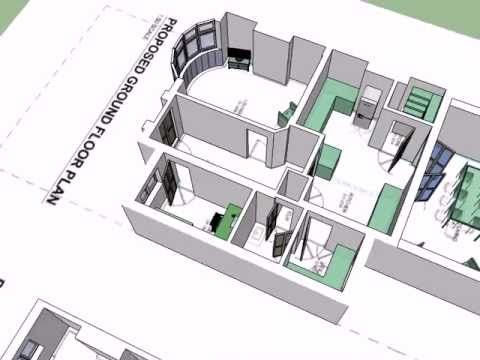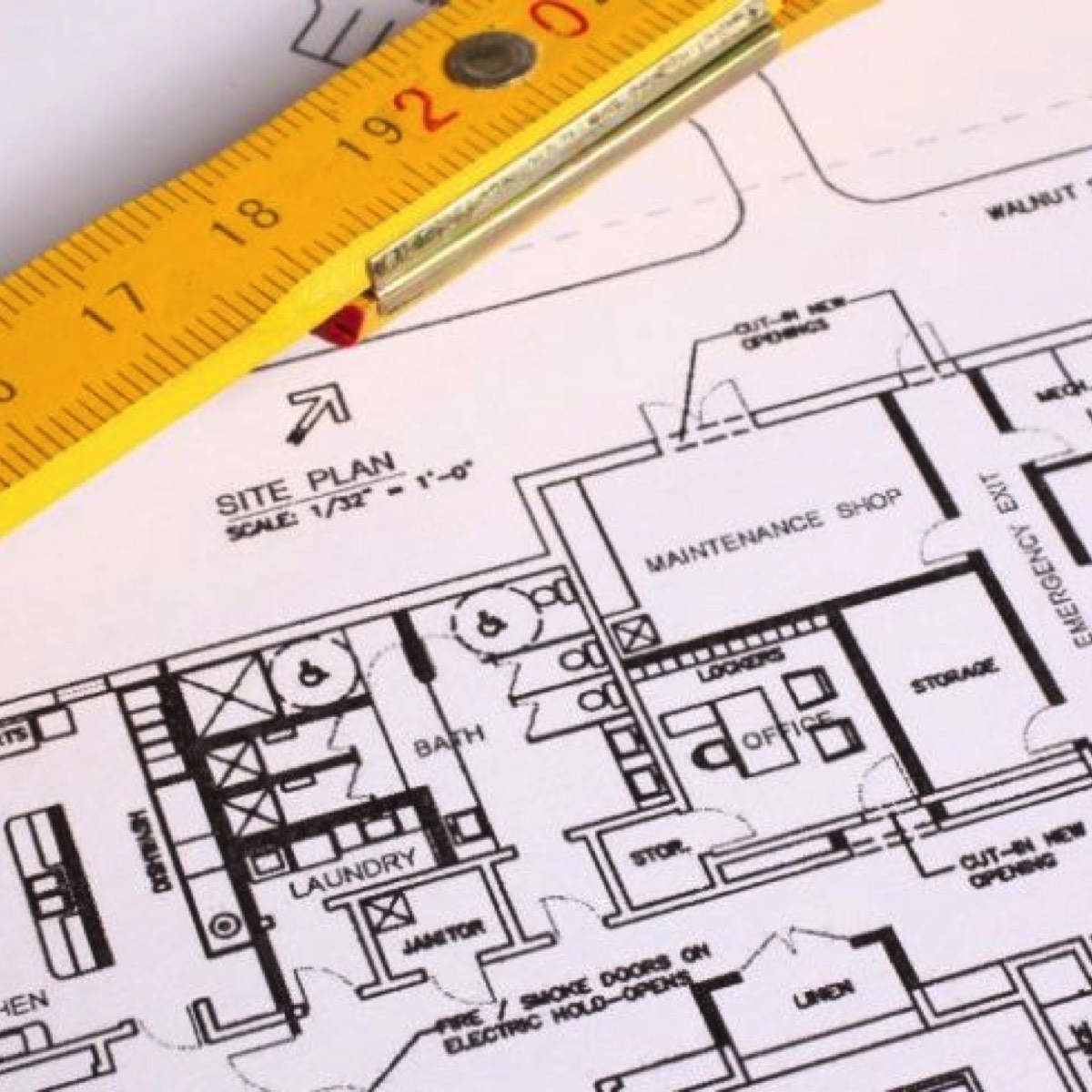All Need To Know About The Sub Floor When Building An Extension

Extension Sub-Floor Construction
If you are considering a two storey domestic extension, the upper floor will almost certainly be wooden. The ground floor however, can be one of three types, none of which (hopefully), you will ever give a second thought to ever again, once they have been designed and fitted properly.
But….. I can see you are in an inquisitive sort of a mood at the moment, so read on McDuff.
Solid Concrete
This is formed directly on the ground, in several differing layers. It will be protected from rising damp, will be insulated and the final layer, a sharp sand “screed” with a lovely smooth finish, may even incorporate “underfloor” heating.
Suspended Wood
This floor is raised off the ground on little “sleeper” walls built about 6 feet apart but there will still be a 4 inch layer of (oversite) concrete, laid under them on the “ground”.
Insulation
Will be fitted under the floor boards, which can be either “normal” softwood ones, interlocking chipboard sheets, or if you are really thinking posh, solid oak or ash etc.
If you want a laminate floor, this will usually be laid on top of the chipboard sheets. Underfloor heating is possible but not as efficient, when laid under wooden floors.
Suspended Solid
Once again the “oversite” concrete slab is laid, then lots of concrete beams, which look a bit like railway lines, are placed in position and shortish “thermal” blocks placed between them.
The whole thing is suspended above the concrete oversite slab just like a wooden floor but there are no supporting “sleeper” walls.
Insulation is then fitted (if it wasn’t incorporated into the blocks themselves) and the flat “screed” is trowelled on top.
As with solid concrete floors, underfloor heating can be incorporated into this screed.
Pros & Cons
Solid concrete floors can get damp and wooden floors can rot (over time), if not laid and ventilated correctly. Beam and block floors are the most expensive in materials but are laid very quickly (saving labour time) and there should never be any damp issues.
Whether it’s concrete or wood, solid or suspended, make sure your designer considers the services you require, (electric cables, heating pipework, IT cables, ventilation ducts, etc), and the builder fits them correctly, as the floor is laid.
It can be very expensive and unsightly installing services retrospectively, especially under a solid concrete floor which has laminate flooring laid on top.
Now, all you have to do is decide which flooring material you want to go on top.
What about some nice lino?
For all job costs click on the appropriate section below:
www.buildingsheriff.com
Copyright The Building Sheriff Ltd 2019


